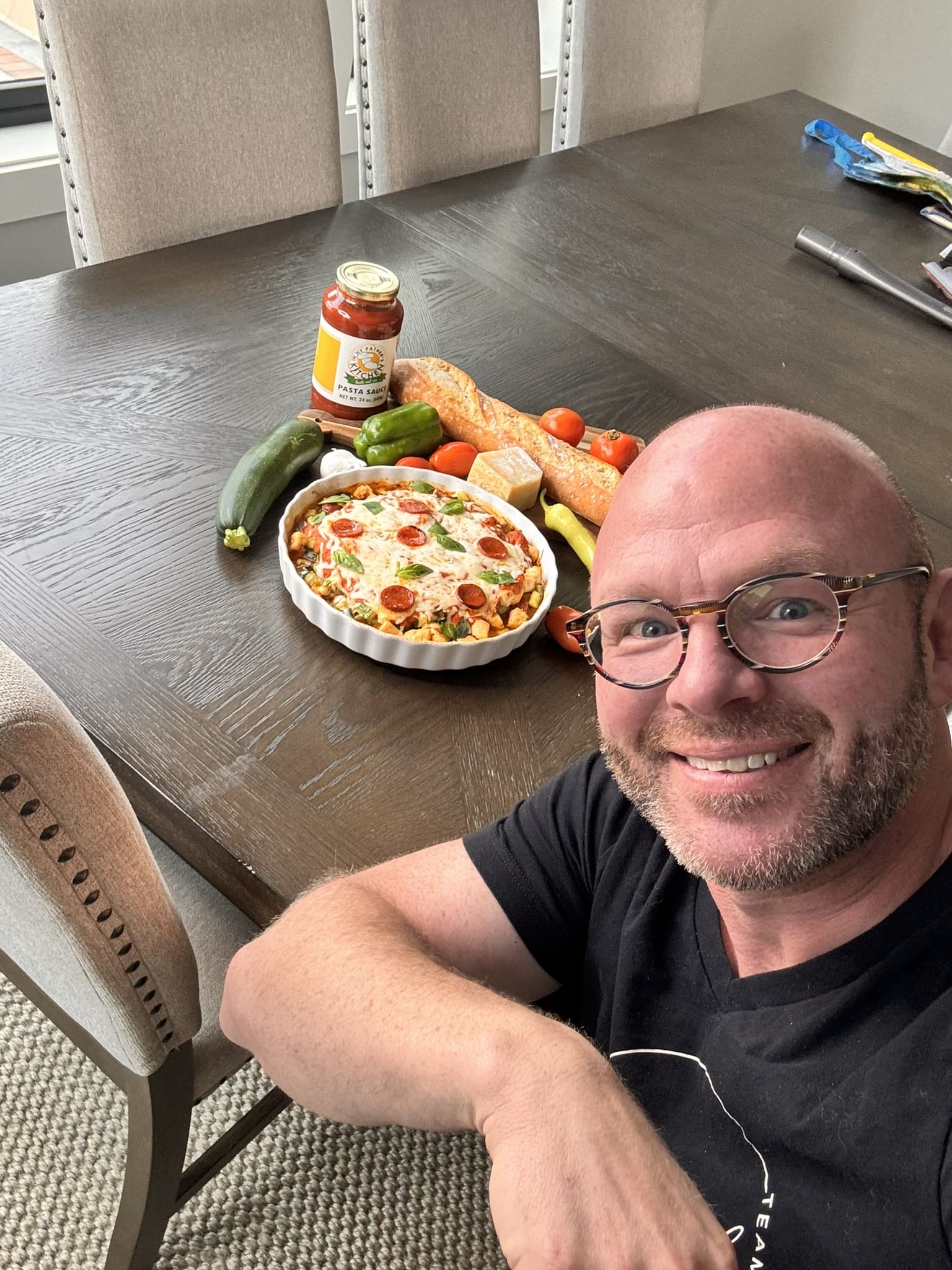The Shame of Being Fair
By Maliha Mohiuddin |Photography by Dennis Fernando
“She did it again! How does she get up there?”
My uncle’s wife looked perplexed yet slightly amused as I walked by, towel thrown over my shoulder, and made my way to the grand hall sofa. My father stood stern-faced as he took in the color of my skin. What two days ago had been a warm cream was now a dark mocha from the intense Indian sun.
In an effort to keep me from the rooftop, my uncle had placed layers of furniture along the last staircase landing; but I was adept at climbing. Grasping the high railing, I maneuvered my way around the matrix of chairs and tables.
It was always a tense and irrational conversation that followed these excursions to the rooftop.
“Who is going to see your skin? Why are you stubborn and set to bring shame to us?” I was asked. “What if someone saw you?”
“I do it for myself. I think I look prettier when I’m tan,” I replied, avoiding his intense and disapproving gaze. “Everyone in America is tan. Besides, I blend in here now.”
It always boggled my mind that in a land where the majority of people were born with varying shades of caramel skin, they could hate it so much.
Throughout my childhood, I would overhear various family members discuss the merits of certain girls. “She’s pretty, but she’s dark,” was a phrase often uttered.
So many of my own cousins owned and diligently applied “Fair & Lovely,” a bleaching cream widely used throughout India. Their marriageability was ranked by skin tone, often outweighing education, career and personality. I was born to parents whose pigmentation favored that of toasted cashews, and so I became a rarity in a sea of caramel, a rare jewel in the south of India.
It was a curse.
Starting when I was about 12 years old, elderly women hounded my grandaunts and parents to arrange a marriage between me and their son, nephew, whoever. It was solely based on the color of my skin. Dressed in rich and vibrant blouses with ornate skirts, I often looked older than my age at weddings, which only added to these outrageous overtures.
Back then, it hadn’t bothered my parents as much as it bothered me, but they grew concerned as I got older. I had studied my mother’s photographs from her youth, and by 18, I’d perfected the cat eye. Pairing that against my cream-colored skin and distinct beauty mark made me stand out from the crowd of girls whose mothers had caked them in talc powder and magenta lipstick.
It wasn’t so much at weddings that my father began to resent my looks, but during the regular day trips in the city. Sitting in the back of our family car, my Discman on full blast, I would gaze out the window at the passing traffic that weaved around those crowded Indian roads full of men on motorcycles. My dark hair whipped around my face as we drove to local sari boutiques. And then, inevitably, one of those motorcyclists would notice me. Just as suddenly, they would take every turn our driver did until finally parking near our car in the market.
I tried not to notice them, averting my gaze as I stepped out of the car, often dressed in long shirt salwars that didn’t follow the trends of India, but rather my own style of minimalism and clean cuts.
Hours would pass as we purchased items in the top stories of these markets. We often left past midnight after collaborations with the tailors, and yet I could still see at least one or two of those men perched on their motorcycles, lying in wait.
Often, as I got into the car, a little street child would run by and drop a note on my lap, the number of my stalker neatly written with some insulting comment about my beauty. It was during such occurrences that my father would notice the men again following us, and angrily turn to me in the backseat, chastising me as he demanded I roll up my window and stay out of sight.
This happened so much that on the rare occasion I was left at home, my father would have my uncle lock our front gate and post a guard. I often resented my time in India. It tainted my relationship with my family, each one of them thinking of ways in which I was a risk and how to keep me in or cover me from head to toe when I did step out.
“How come no one else gets harassed the way she does?” they often wondered, only to suspect I must be initiating the stalking.
Instead of thinking something should be done to avert the male gaze, the blame was placed on me — on the cream tone of my skin, on my naivety of a culture I did not understand. On the rare occasion that I would shout to the men to leave me alone, I was chastised and left feeling ashamed for something far beyond my control. I never understood why those men weren’t on the receiving end of my father’s anger.
As much as I resented feeling like a caged bird, I took comfort in the security at home. It wasn’t until I began my trips to the rooftop to tan that I found a way to stop or at least minimize the stalking. I became less of that rare jewel and more of just another Indian woman driving around with her family.
It took many years after these trips to have an open dialogue with my parents. My father in particular was often uncomfortable when confronted with such topics. But it was necessary for me.
His intention was always to protect me. He never understood that in shaming me, he was only reinforcing the mentality that anything I had experienced was my fault, and not that of the men violating my sense of safety.
We’ve all changed since those early years, but my family no longer allows for blame to be placed on anyone other than the perpetrator. I am no longer shamed for taking pride in how I present myself to the world.
There are so many shows we watch from the comfort of our couches here in America about the way women are objectified and harassed, often ending in far more dire circumstances than my own. Until recent years, society had rarely held men accountable. Now these shows serve as a platform to expose those men for who and what they are: perverted individuals in a society ready for change.
Gone are the days of shaming women for the inappropriate male gaze. We are now in a time that forces men to change — or else deal with harsh consequences of the law.
I’d like to think conversations like the ones I had with my family helped spur this movement. The more people talk about the issues, the louder the volume of these voices will be. Soon, the old, outdated and foolhardy way of thinking will be nothing more than a murmur of the past. SWM
Maliha Mohiuddin is the founder and creative director of The Hare and Style blog. For more of her work, visit thehareandstyle.com. This piece originally appeared on the Safety First For Girls website. For more, visit safetyfirstforgirls.org. Photo courtesy The Hare & Style, LLC.





